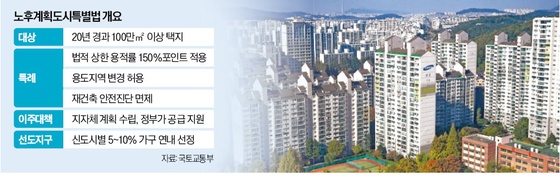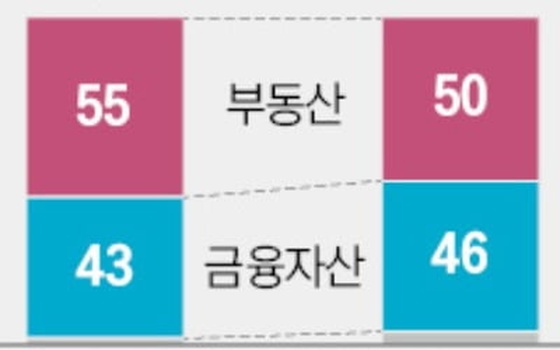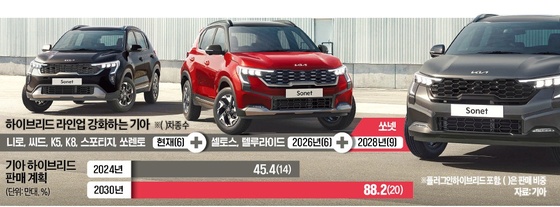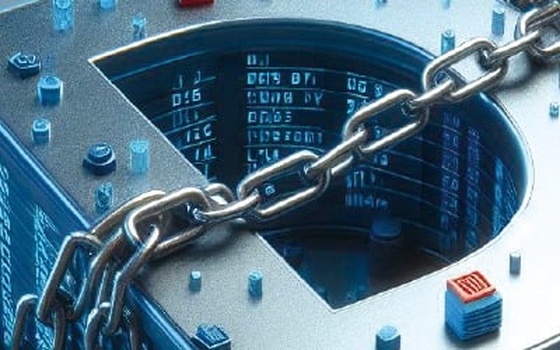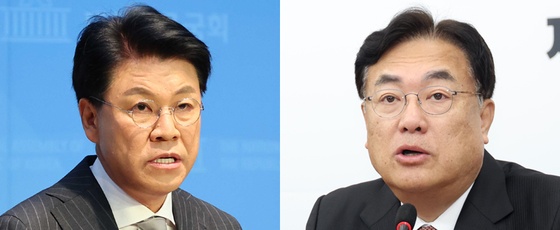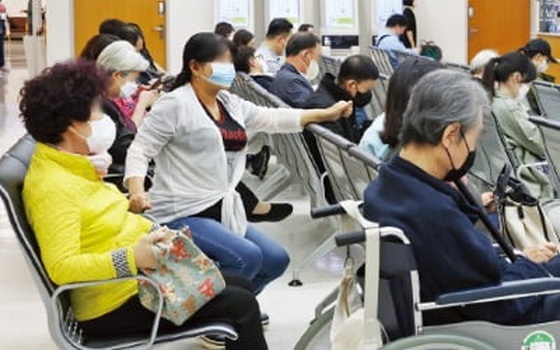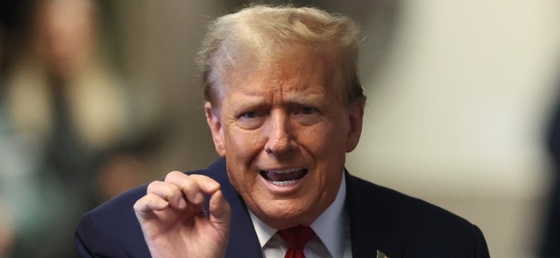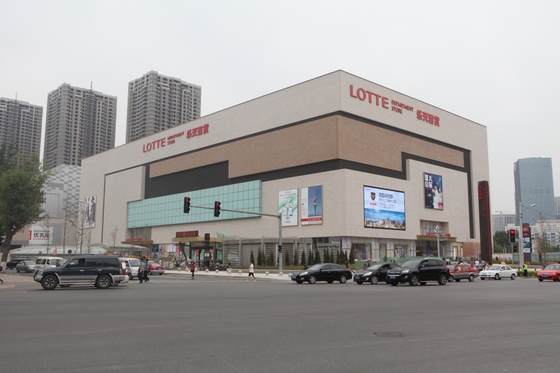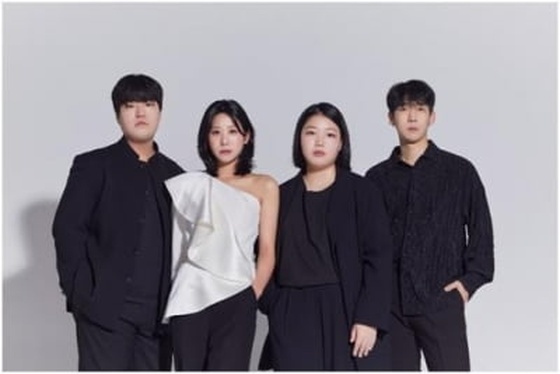[Global View] 광주 '헤드리스 프로젝트'의 함의
![[Global View] 광주 '헤드리스 프로젝트'의 함의](https://img.hankyung.com/photo/201608/AA.12289114.1.jpg)
하지만 21세기 미술계에선 뒤샹의 후예들보다 비즈니스 분야 사람들이 스캔들을 더 잘 만들어낸다. 예술가들은 이제 사업가나 금융가의 스캔들을 반영해 예술품을 만드는 쪽으로 방향을 바꾼 것으로 보인다.
한국에서 내달 2일부터 11월6일까지 열리는 제11회 광주비엔날레에서 전시되는 스웨덴 현대미술 작가 사이먼 골딘과 제이콥 센네비의 ‘헤드리스(headless)’ 프로젝트는 그 좋은 예다. 골딘과 센네비는 2007년부터 ‘머리가 잘려 나가서 없는’ 실물 경제를 만든 현대 금융과 금융 관행에 관한 헤드리스 프로젝트를 하고 있다.
타락한 조세피난에 관한 얘기
조세피난처 바하마에 있는 법인 ‘헤드리스’에 관한 이야기를 풀어내는 이 프로젝트에는 해외 재무 업무의 비밀에 관한 탐정 소설을 쓰는 대필 작가가 포함돼 있다. 예술가로서 골딘과 센네비는 의식적으로 현대 비즈니스의 속성을 받아들여 현대 기업들이 하듯이 예술작품의 부분을 극작가, 소설가, 학자, 파생상품 트레이더, 헤지펀드 매니저 등에게 아웃소싱해 작업했다.
이들은 지난해 동명의 소설을 발간하기까지 여러 곳에서 전시와 공연을 했다. 한국 관객들도 곧 이 작품을 만난다. 세계에서 네 번째로 큰 국제 로펌 모색 폰세카의 파나마 소재 법인 데이터베이스가 대량으로 유출된 ‘파나마 페이퍼스’ 사건으로 세상이 떠들썩해진 지금, 바하마를 무대로 한 글로벌 재무 업무의 비밀을 파헤친 이 작품이 완성된 것은 ‘삶의 현실이 예술을 모방한다’는 말을 떠올리게 한다. 보통은 ‘예술이 현실의 삶을 모방한다’고 하겠지만, 종종 그 반대도 성립한다.
파나마 페이퍼스는 세계 정·재계 유명인사들이 조세 회피나 불법적으로 얻은 재산을 숨기기 위해 해외의 비밀스러운 곳에 돈을 숨긴 정황을 담고 있다. 유출된 문건이 밝힌 정치인, 사업가, 법률가, 은행원, 역외 조세피난처 간의 복잡한 글로벌 네트워크는 예술가 골딘과 센네비가 상상하기 어려운 수준이었다. 재무적 현실이 예술보다 더 상상력을 자극하고 도덕적으로 더 타락한 셈이다.
가짜 재무업무의 씁쓸한 현실
기발한 금융 스캔들과 비밀스러운 방법, 가짜 재무 업무는 현대 예술가들의 관심을 끌어 왔다. 이번 광주비엔날레 주제는 ‘예술은 무엇을 하는가’다. 이번 전시에서 골딘과 센네비의 작품 ‘헤드리스’는 금융 분야의 허구적이고 비밀스러운 성격에 대해 깊이 생각해 보게 만든다.
2007년 금융위기 후 거의 10년이 지난 지금, 선진국 중앙은행은 실물 경제와 연계해 금리를 내리고 있다. 그러나 대부분의 금융은 더 이상 실물경제에 관심을 갖고 있지 않다. 투기를 통해 더 즉각적이고 큰 보상을 받을 수 있고, 해외로 자산을 옮기면 세금도 낼 필요가 없기 때문이다. 이렇게 함으로써 금융은 불평등을 심화시키고 정부의 조세 수입은 줄어든다. 금융 분야에 주의를 기울이지 않는 일은 이제 예술가들까지 놀라게 하고 있다.
이스마일 에르튀르크 < 영국 맨체스터대 비즈니스스쿨 교수 >
Offshore Finance, Financial Scandals and Contemporary Art: the 11th Gwangju Biennale
Ismail Ertürk, The University of Manchester
There was a time when artists were the source of scandals through their work and public deeds. In contemporary art one of the founding fathers, Marcel Duchamp, owes his fame to his 1917 work called “The Fountain” which was a porcelain urinal turned upside down for exhibition. At the time the organisers of the exhibition did not allow this “bad taste” to be included in an art exhibition where art was supposed to about beautiful things. The descendants of Duchamp in the art world in the 21st century, on the other hand, can not compete with the scandals created in the business world, especially in banking since the 2007 financial crisis in the U.S. and Europe. So instead they yield to business and finance by choosing to reflect on rather than trying to create scandals.
Public around the world are continuously shocked with news how banks that people trust their money with have acted fraudulently in selling products to each other and to their clients, and are responsible for ongoing economic crisis. The most recent scandal in banking and finance was the Panama Papers, a leak from the database of the world’s fourth biggest offshore law firm, Mossack Fonseca, which revealed how the political and business elites around the world have moved their wealth to secretive offshore financial centres to hide the illegal source of their wealth or avoid paying tax. And by doing so they deny governments around the world revenues that the governments desperately need to revive their economies after the 2007 crisis. The leaks also embarrassed David Cameron, the ex-Prime minister of Britain after it emerged that he profited from an offshore fund founded by his father. David Cameron oversaw one of the most severe public expenditure cuts that punished the poor people while he had personally benefited from tax avoidance that contributes to austerity measures.
The 11th Gwangju Biennale in South Korea between 2 September and 6 November 2016 will show the work of the Swedish contemporary artists Goldin+Senneby that is entitled “Headless”. Since 2004 Goldin+Senneby have been producing work on contemporary finance and financial practices reflecting on the fictionality and virtuality of the financial world that gives rise to a headless modern economy, a real economy that is decapitated. Their work “Headless” is a project that started in 2007 and is basically involved a ghost writer, working for Goldin+Senneby, writing a detective story on the secrecy of offshore finance. As artists Goldin+Senneby consciously assume the characteristics of modern business and work like a modern company outsourcing their artistic work to playwrights, novelists, academics, derivative traders and hedge fund managers, etc.
Until its completion and the publication of their book, “Headless”, in 2015 from Triple Canopy there have been several exhibitions and performances of the work in progress, one of which took place at Manchester Business School and the latest exhibition will be at the 11th Gwangju Biennale. The coincidence of the leak of the Panama Papers in 2016 and the publication of the book "Headless", which is about the secrecy of global finance and takes place in the Bahamas, is uncanny and reminds one of the expression “life imitating art”. Usually “art imitates life”, artists reflecting reality around them in their art work. But sometimes life is the imitator. In this case of life imitating art, again finance is much more imaginative and morally scandalous than art. Artists Goldin+Senneby could never imagine the level of fictionality and “heedlessness” that involves a very complex global network of relations between politicians, business people, lawyers, bankers and offshore financial centres that the leaked Panama Papers have revealed.
The creativity in financial scandals and the way secretive and fictional finance works have been attracting the attention of contemporary artists for quite some time. Contemporary artists, just like ordinary people, have been mesmerised by the socially and economically harmful finance that is opaque and tends to benefit only financial elites and the wealthy. Politicians do not seem to be willing or have the knowledge base to regulate the dysfunctional finance. For example there has not been a global response to regulate secretive offshore finance after the revelations in the case of Panama Papers. All countries expressed moral outrage to the revelations from the leaked Panama Paper but there has not been an international coordination to punish the illegal transactions or to tax the owners of such funds.
The 11th Gwangju Biennale’s theme is “What does art do?” The Swedish artists Goldin+Senneby’s work at this biennale, "Headless", at least answers that question by contemplating on the fictive nature of finance and its secrecy that increasingly disconnect finance from social and economic welfare of masses. Almost a decade after the 2007 financial crisis central banks in the developed world keep cutting interest rates to engage finance with the real economy, investments and jobs. But most of finance has no longer interest in real economy because speculation generates quicker and bigger returns and moving wealth offshore keeps it untaxed. But by doing so finance helps increase inequality and reduce the revenues of states. The heedlessness of finance now amazes even the artists and is cause of great concern to most countries in the world.
-
기사 스크랩
-
공유
-
프린트

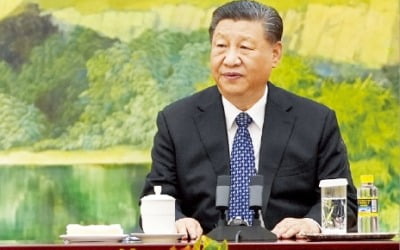
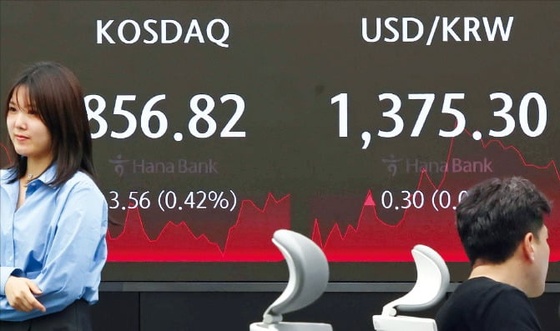
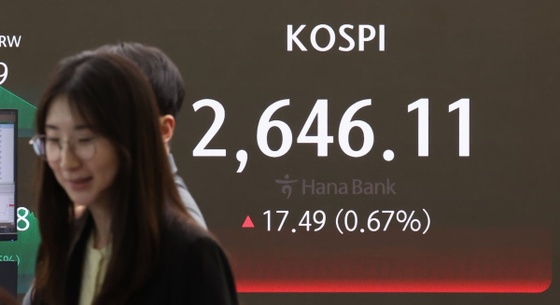
![월가 "인텔 망가졌다"…구글 9년 만에 최고의 날 [글로벌마켓 A/S]](https://timg.hankyung.com/t/560x0/photo/202404/B20240427071917087.jpg)
